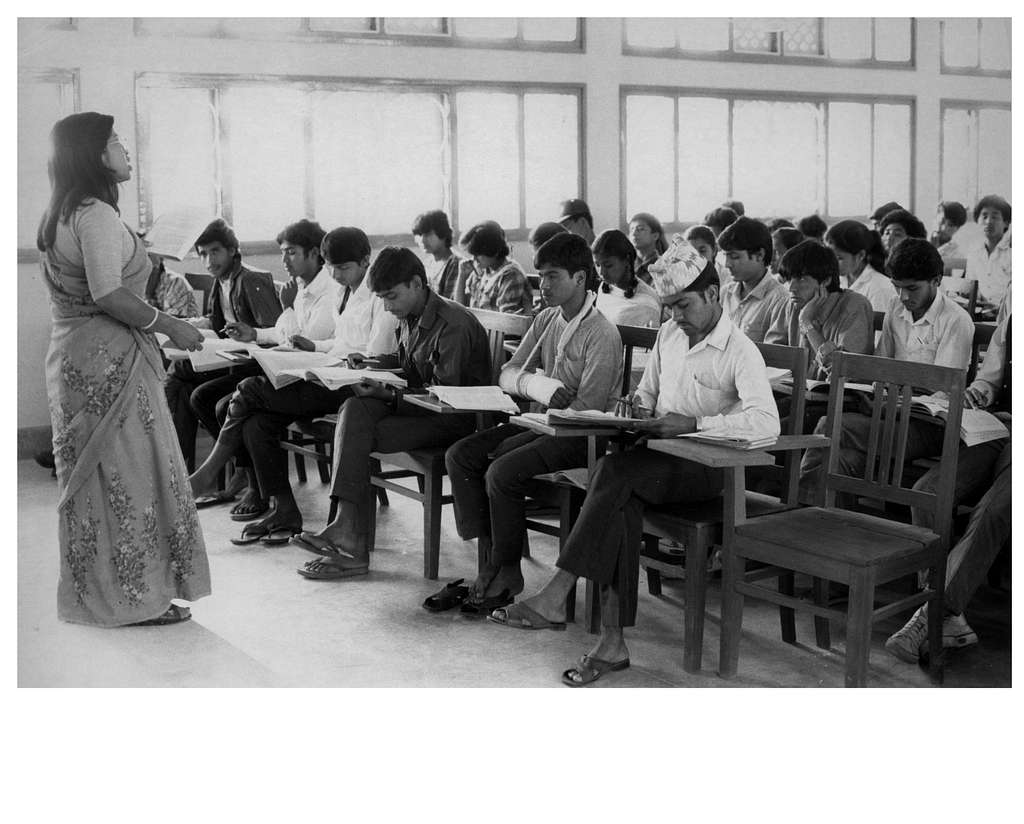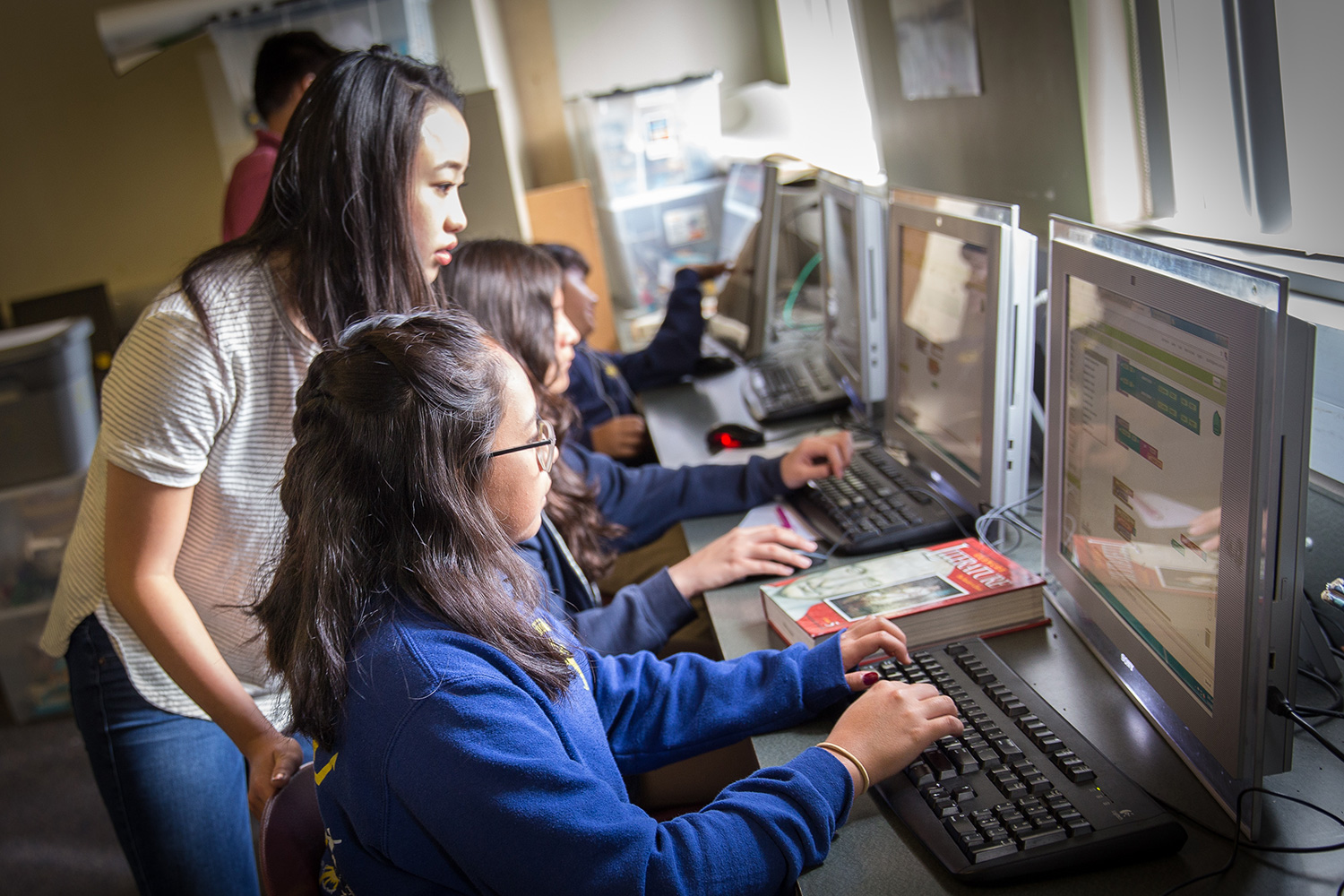Digital Pedagogy & Web Spaces
Image source: https://cdn.pixabay.com/photo/2018/04/23/16/22/welcome-3344772_1280.jpg
At this stage of our teaching careers, we all know what pedagogy is - pedagogy is the art and science and teaching. It includes the specific approaches, methods, and strategies that individual teachers use (Howell, 2014, p. 6). So it is intuitive to assume that digital pedagogy is how teachers implement digital technologies into their classrooms to improve teaching and learning (Sadiku et al., 2019). Now while each and every teacher has their own set of beliefs and methods on teaching, it is important that teachers educate themselves on the benefits and methods of digital pedagogues.
Why should use digital technologies?
Studies have shown that learning is multilayered, with the explicit teaching and learning the content at the core. However, for deep learning to occur, students require opportunities to extend and enrich their learning experiences. ICT has the potential to enrich, extend, support, and enhance deep thinking and learning that is associated with core pedagogical principals (Sadiku et al., 2019). Traditional pedagogies (image on the left) have involved teacher-centred classrooms, where content is explicitly taught by the teacher and students can practice their skills with quizzes and tutorials. Here, the teacher is the expert at the front of the classroom and is delivering the content to students. However, contemporary classrooms (image on the right), have adapted to student-centred learning environments that include tools such as ICT to support teaching and learning. Here, the teacher is the on the side, facilitating students to problem solve, collaborate and engage in deeper learning experiences.
Image source (left): https://cdn2.picryl.com/photo/2015/07/13/students-are-pictured-in-a-classroom-e759a9-1024.jpg
Image source (right): https://ucsdnews.ucsd.edu/news_uploads/cse-190-1500.jpg
My View on ICT in the Classroom
I believe ICT in the classroom posses many benefits and obstacles. Used properly, ICT has the capability to support, extend, enrich, engage and differentiate learning experiences for students. Used incorrectly, however, it has the ability to distract and create an unsafe environment for learners. I am committed to supporting and enriching learners to be the best possible versions of themselves. As such, I am willing to let go of some control over the delivery of content if it means that students are developing socially, creatively or emotionally.
WEB SPACES: Blogs
Web spaces, such as this blog you are reading this very second are digital tools that can support teaching and learning in education. Using the traditional classroom style above, a teacher would typically ask students to cut and paste or hand write notes into their notebooks for later "revision" by the student and marking by the teacher. However, in a contemporary classroom, students can individually use their own blog posts to record, reflect, and develop their knowledge in their own learning journey. Furthermore, students are given creative control over their blogs and are able to show their learning through personal preferences of what content they deem important, with the use of creative images, videos, text and styling. Here, there is an opportunity for the author (in this case, me) to reflect on my learning and publish it in an online blog where fellow students and educators can read, comment, and collaborate on their learning experiences.
I have seen something similar used in schools with the use of OneNote - where students take notes and the teacher can check later on the progress the student made during class. But I believe the use of blogs allows more creative control and collaboration in learning. However, students must first be educated on how to provide constructive feedback to each other, and the space must be monitored regularly by the educator. Furthermore, I have noticed that you cannot simply copy and paste into these blogs (I could of course be doing it incorrectly), and I believe this would reduce the amount of copy and paste that students do, and force them to become more independent in their learning.
In a science classroom, blog post could be used for note taking, reflective journalling, and assessment uses. The blog post would allow students to be creative with science content and insert images and videos relevant to the content.
References:
Howell, J. (2014). Teaching and Learning: Building Effective Pedagogies.
Sadiku, M., Omotoso, A., & Musa, S. (2019). Digital Pedagogy. International Journal of Trend in Scientific Research and Development, 3(2), 881-882.



